Calculus Assignment Solution: University Level Problems
VerifiedAdded on 2020/05/08
|31
|991
|345
Homework Assignment
AI Summary
This document presents a complete solution to a calculus assignment, addressing a variety of problems. The solutions cover topics such as finding the point on a line closest to the origin, determining perpendicular unit vectors, calculating angles between vectors in a molecule, working with coordinate systems, proving midpoint relationships, applying cross and dot product rules, determining the volume of a parallelepiped, calculating the area of a triangle, and deriving equations of planes in both scalar and vector forms. The assignment also includes problems on finding plane equations passing through three points or parallel to a given plane, and determining conditions for parallel planes. Each question is solved step-by-step with explanations, making it a valuable resource for students studying calculus.
1 out of 31

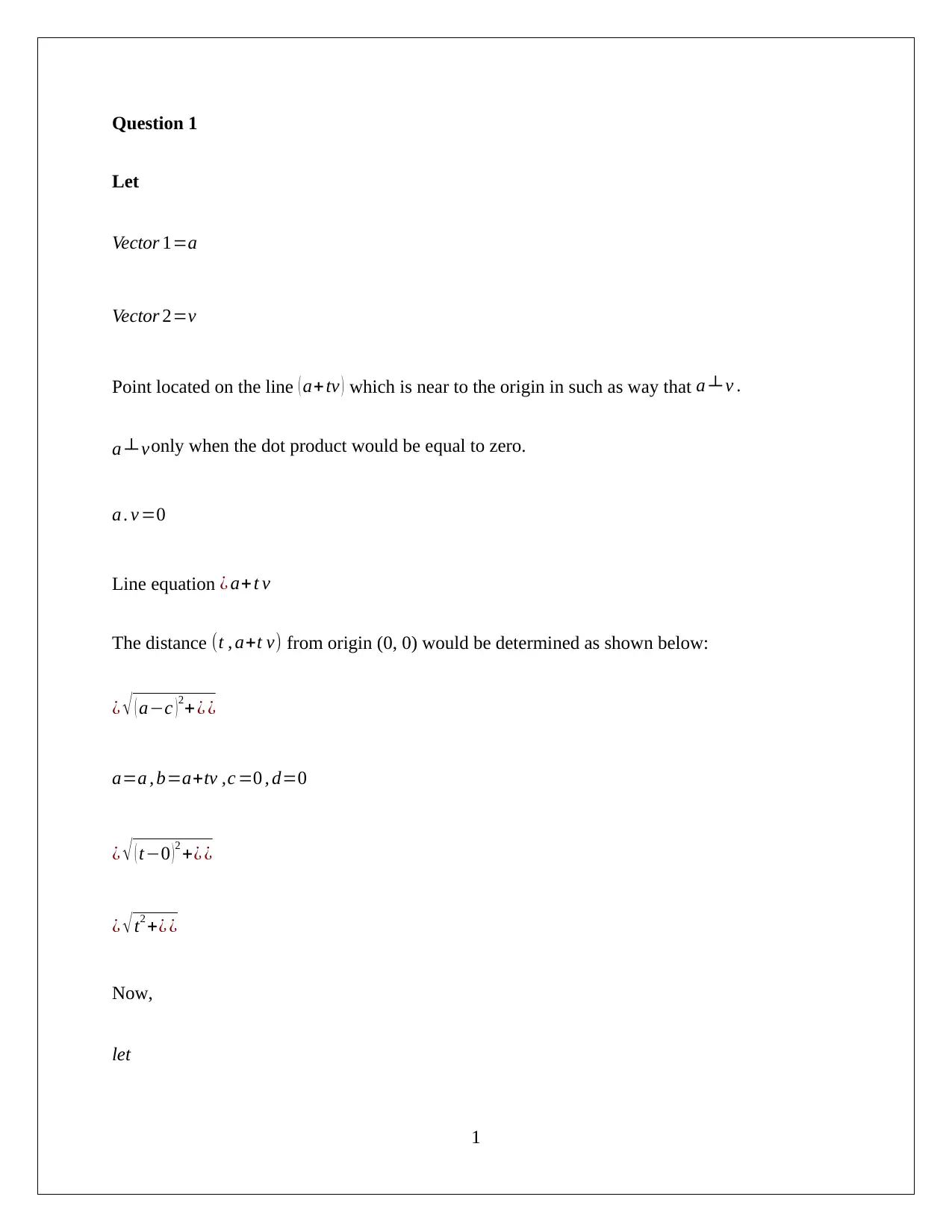
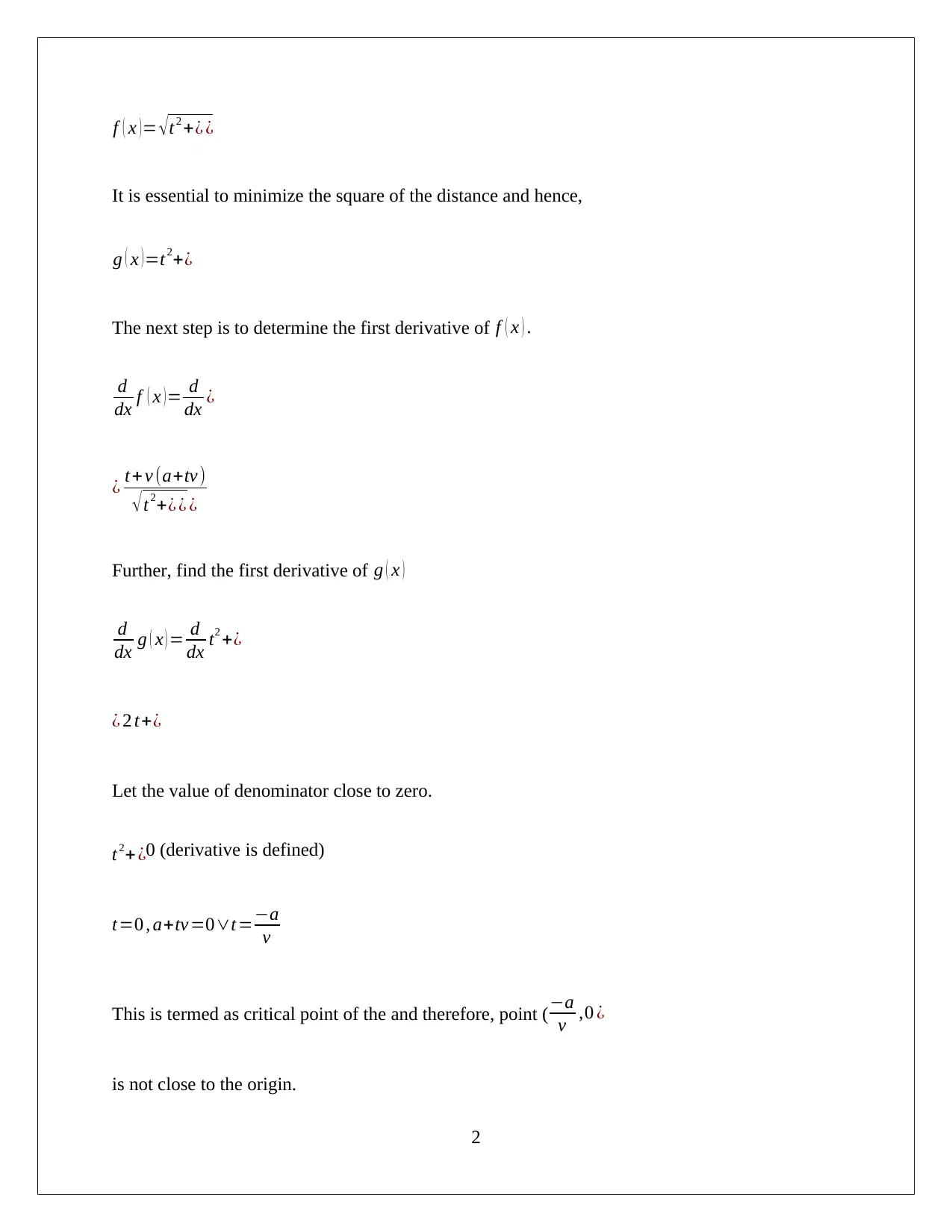


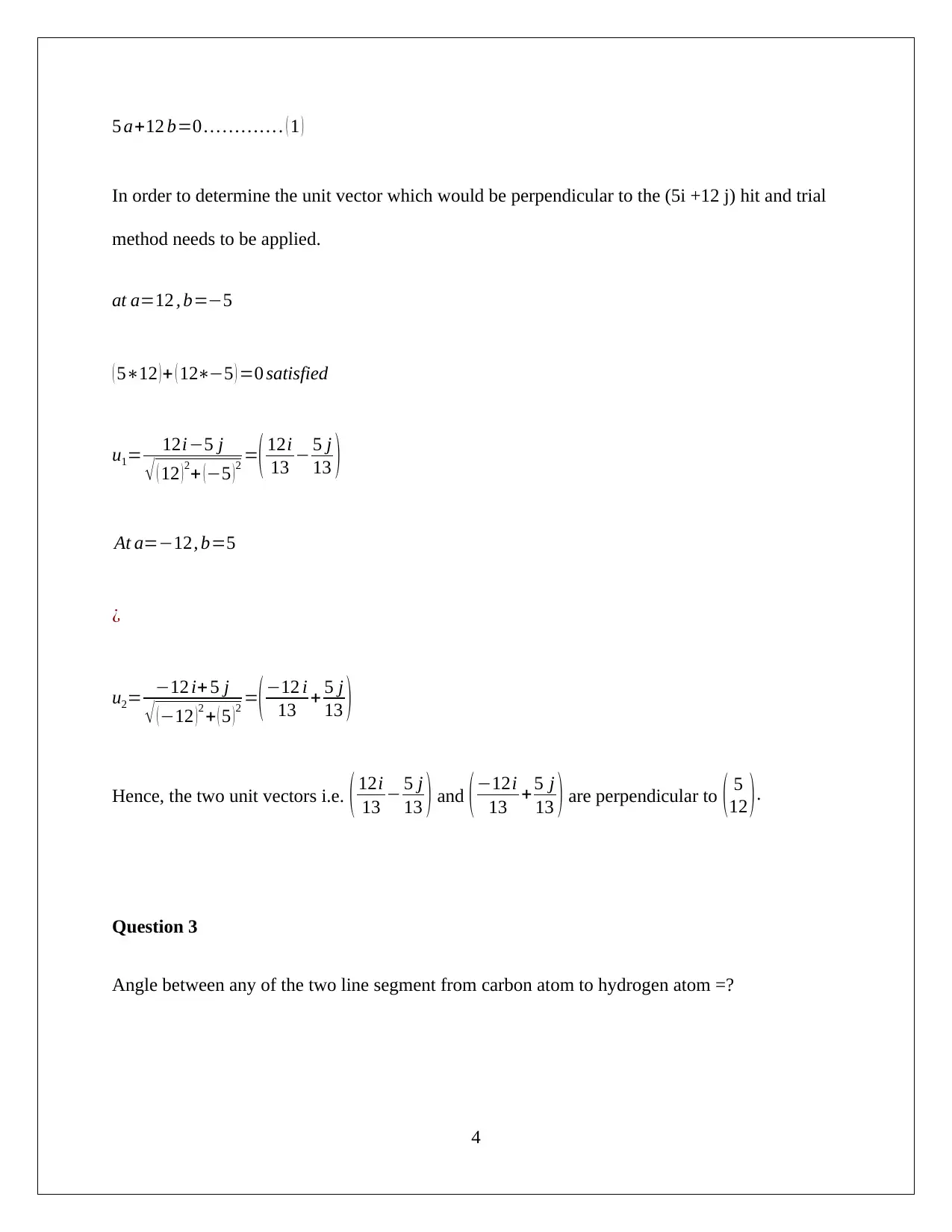
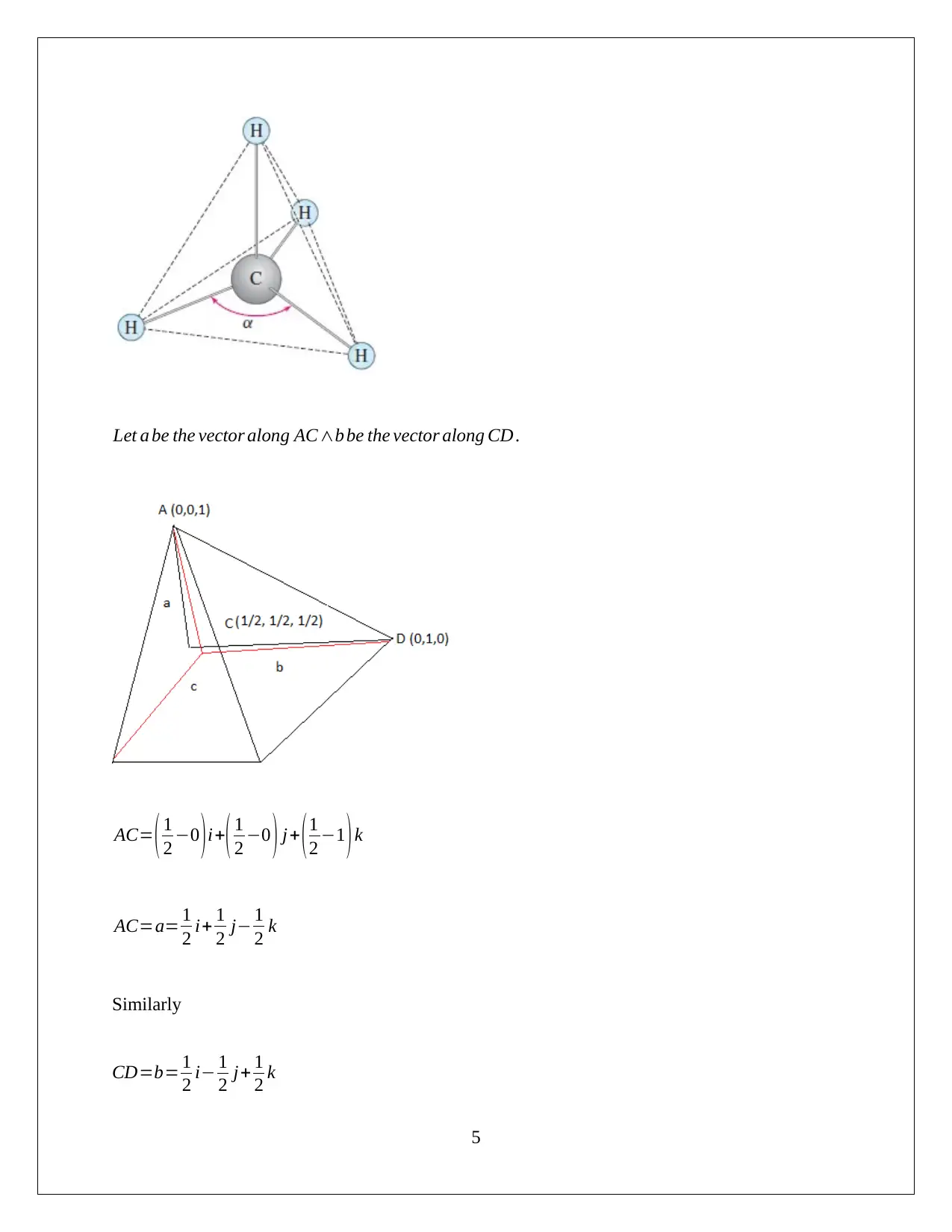
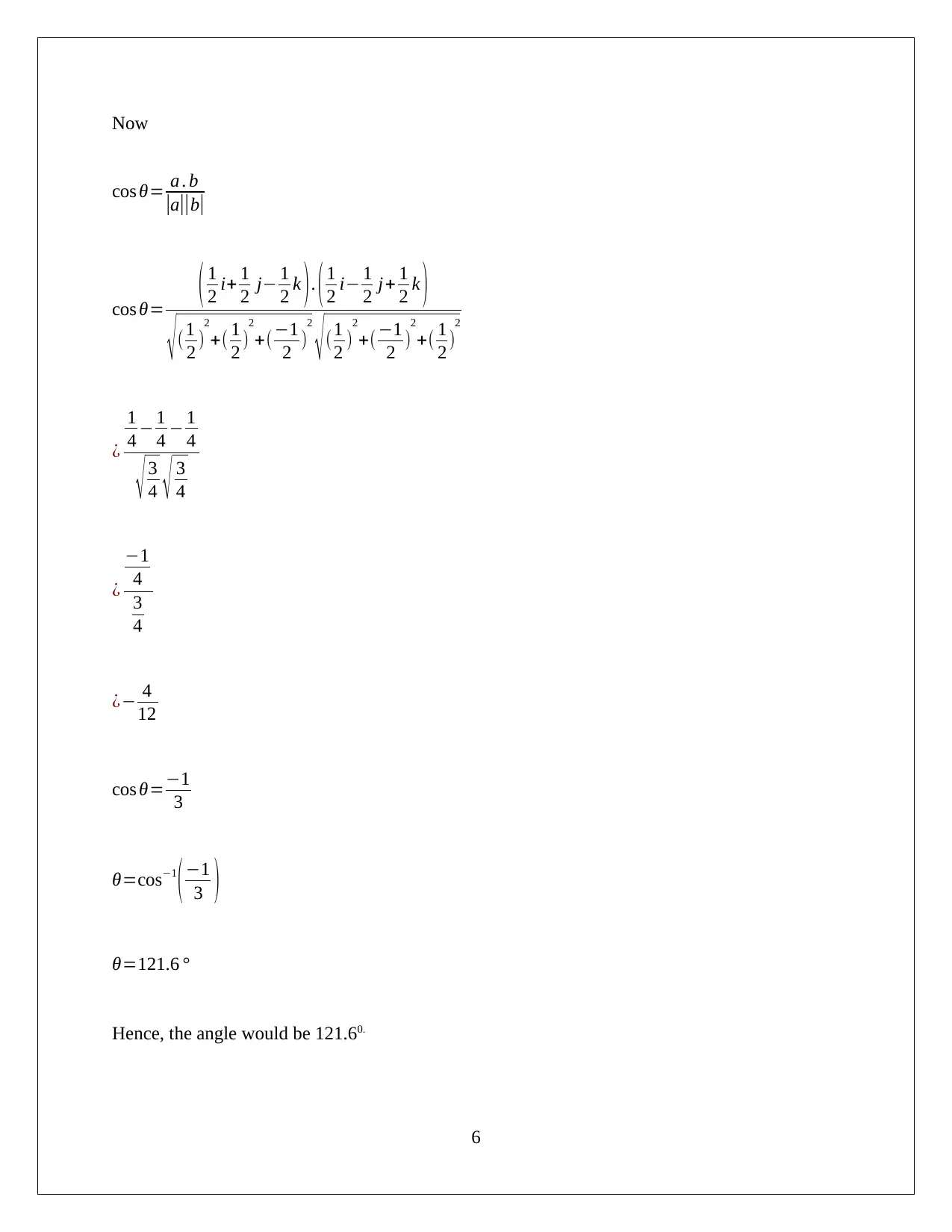
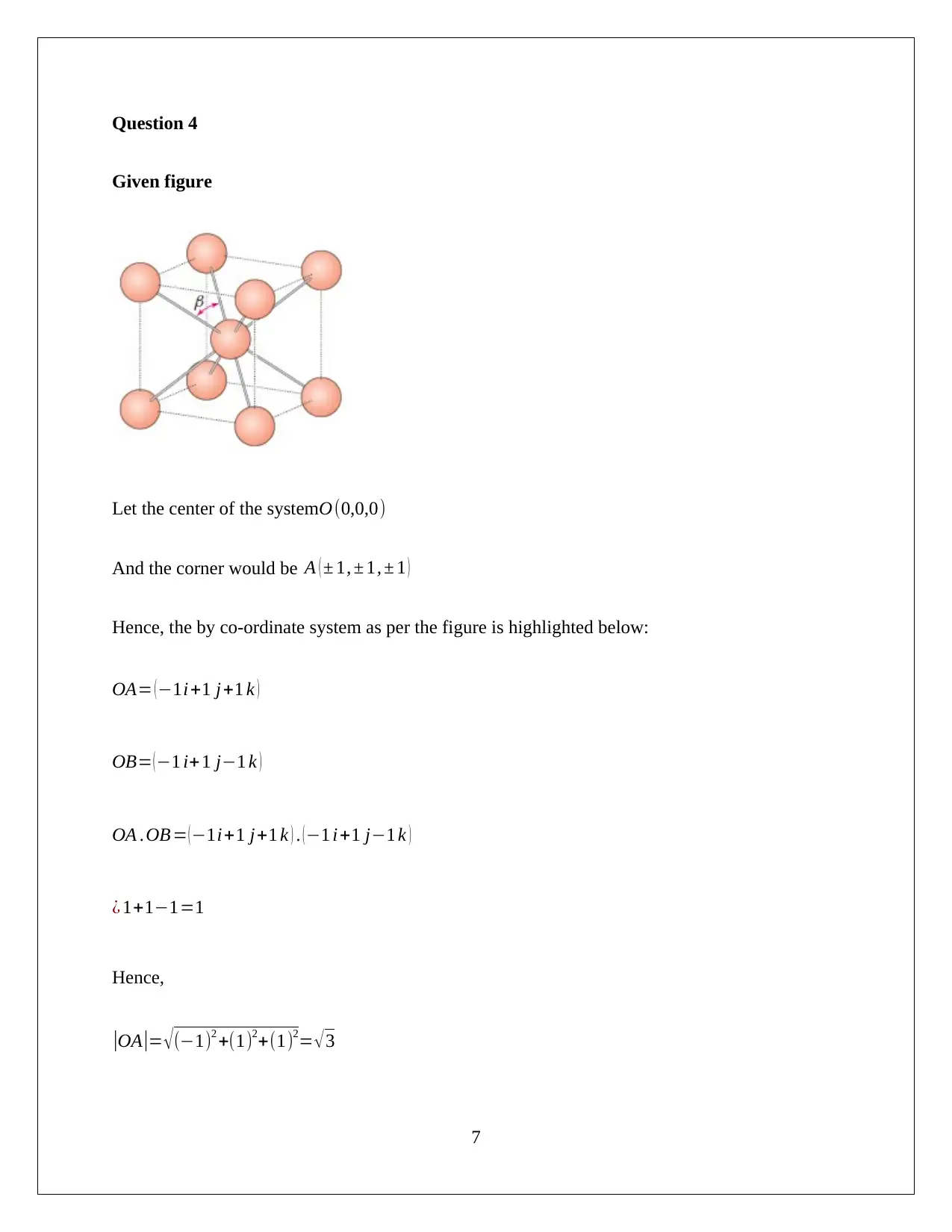
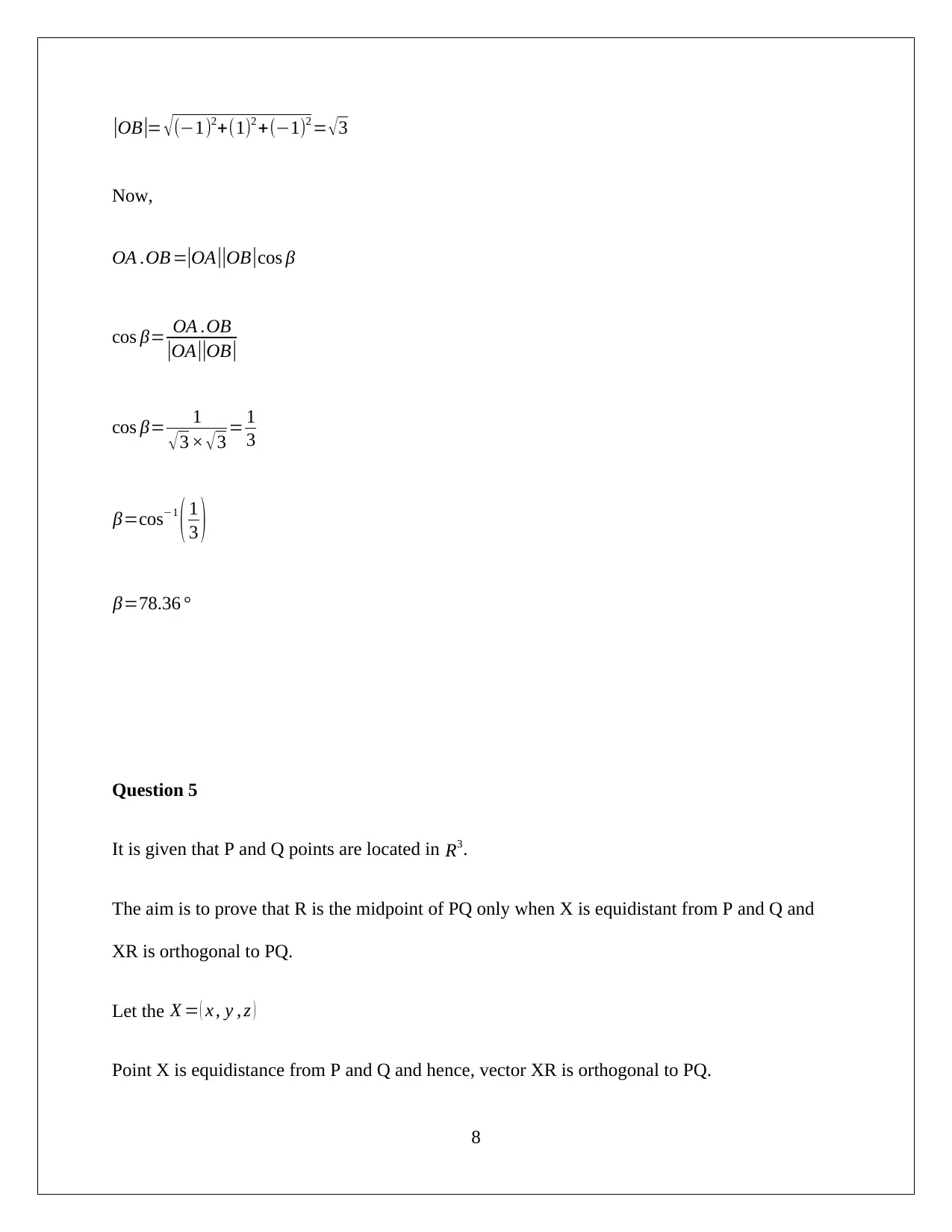

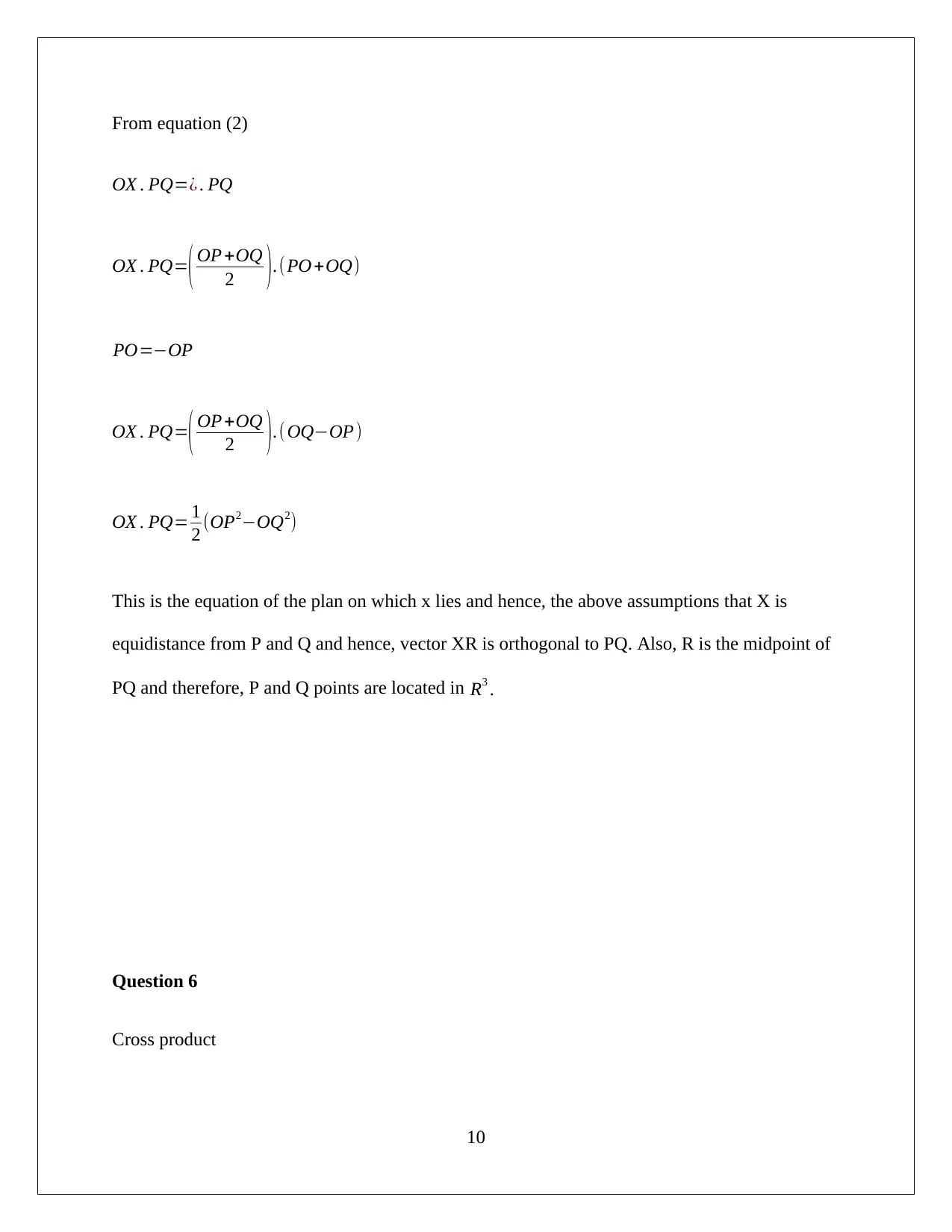
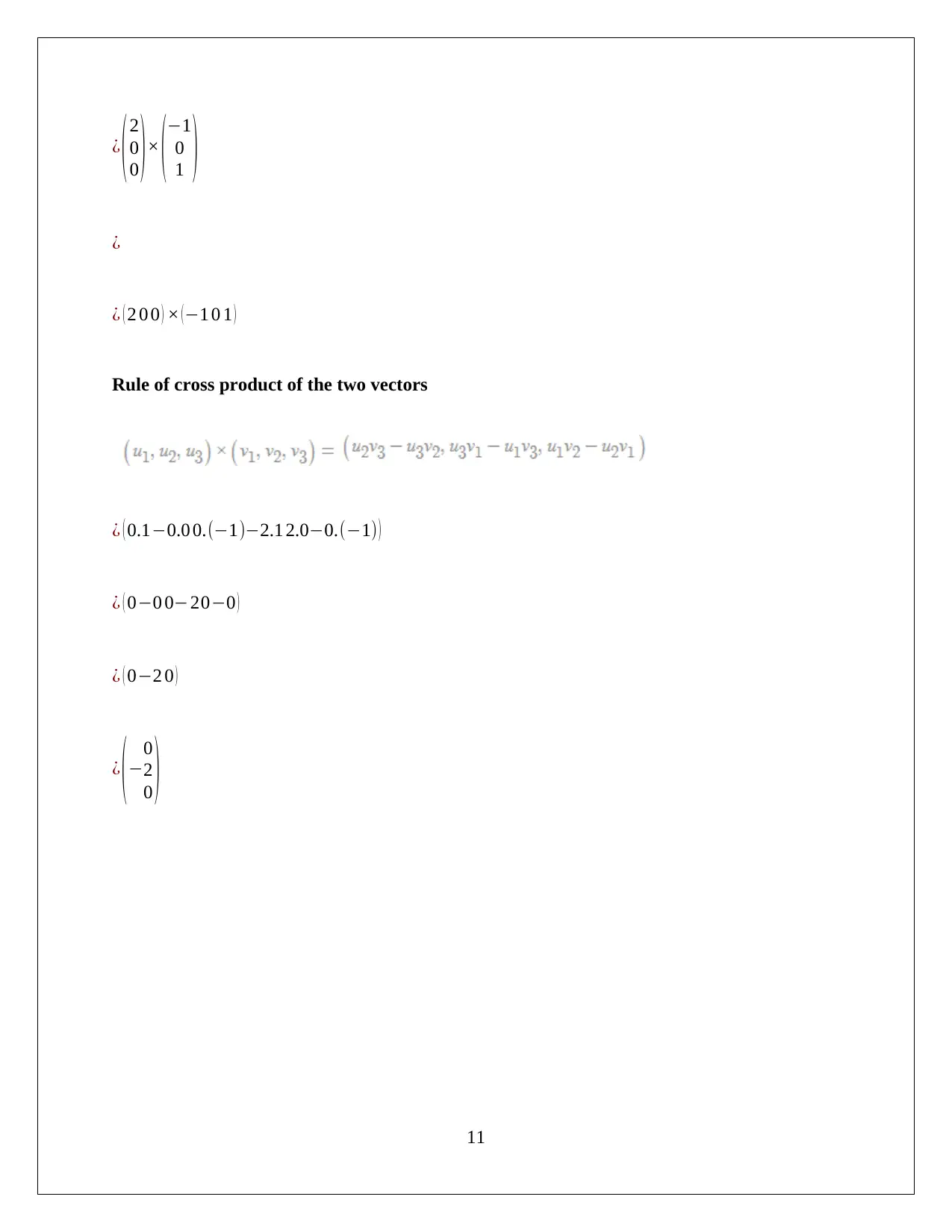


![[object Object]](/_next/static/media/star-bottom.7253800d.svg)